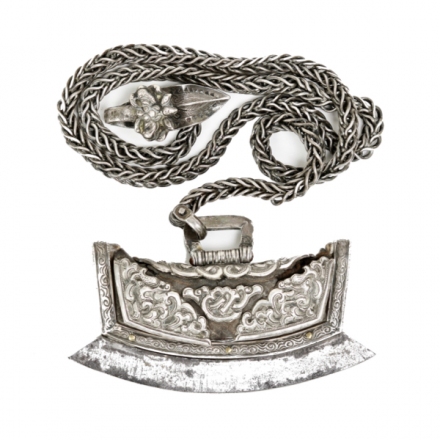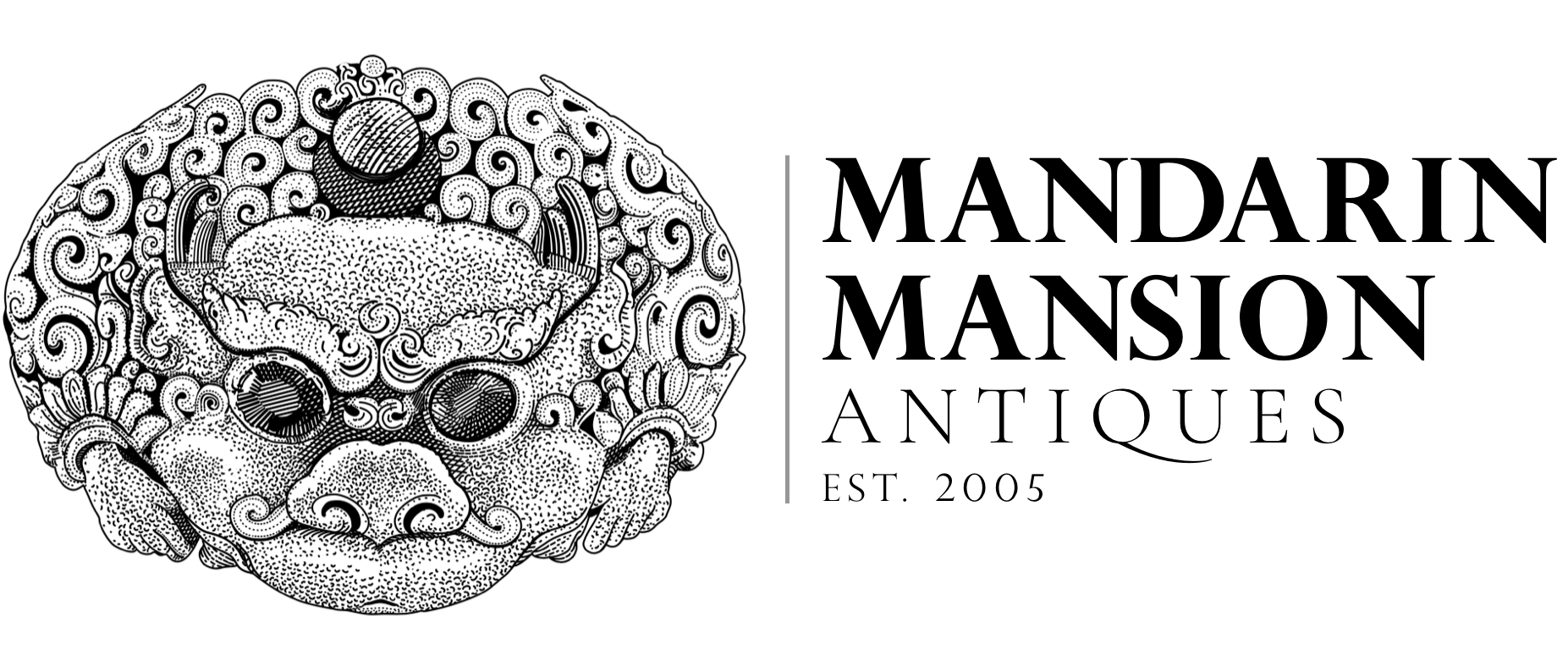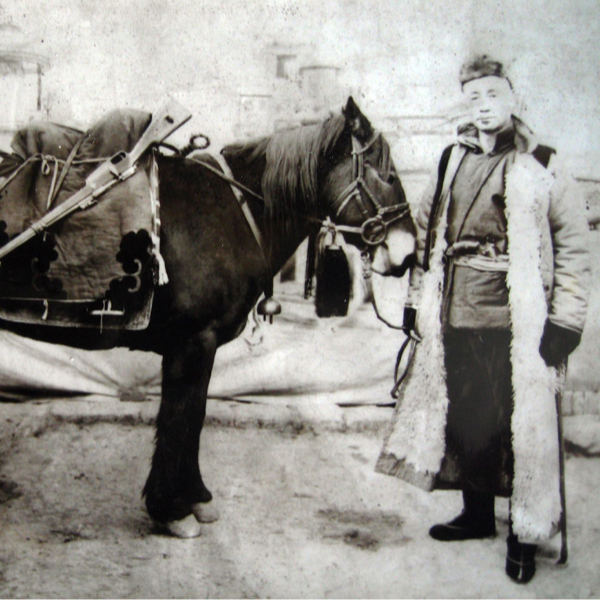
Biāojú (鏢局)
Language: Mandarin Chinese
Source: Pleco dictionary. Old photos.
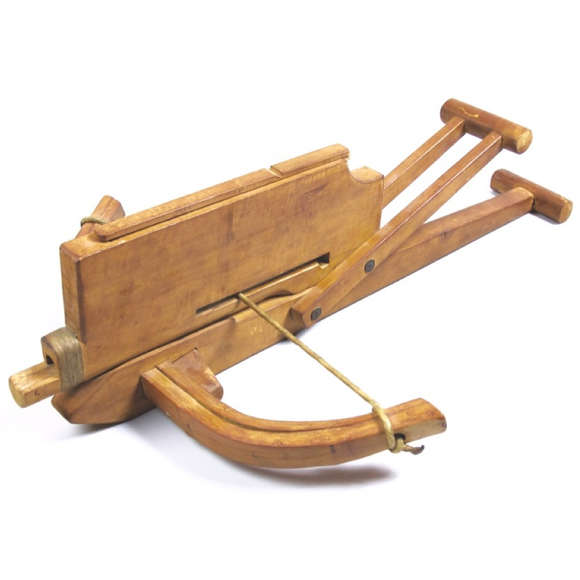
Zhūgénǔ (诸葛弩) or "cho-ku-nu"
Chinese word for a repeating crossbow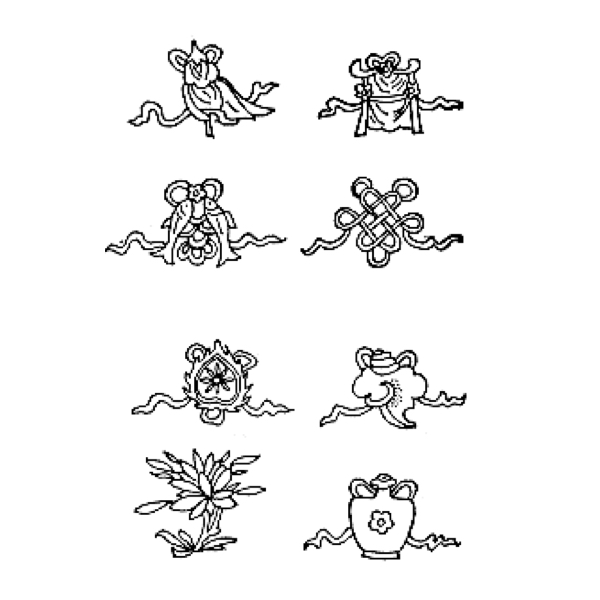
Bāxiān (八仙), "Eight Immortals"
Eight figures from Chinese Daoist mythology.
Hǔyádāo (虎牙刀), "tiger tooth sword"
Mandarin name of a Chinese-edged weapon with a 1:1 hilt-blade ratio.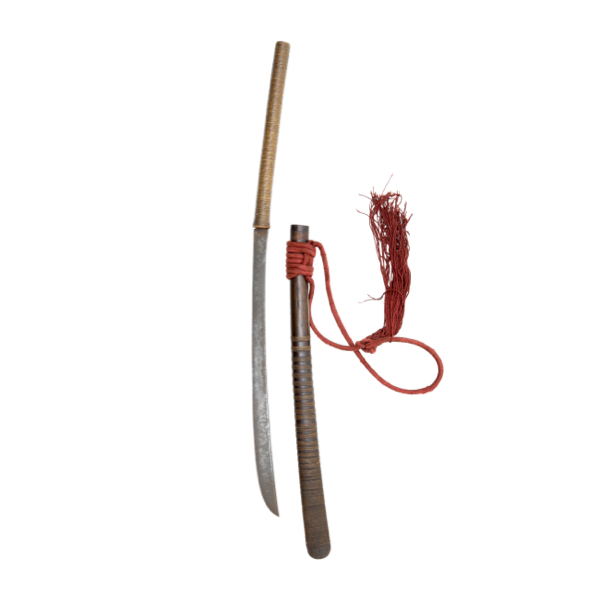
Mainsa dha
Term coined by Bell in 1907, describing a dha that by then was mainly of Chinese make.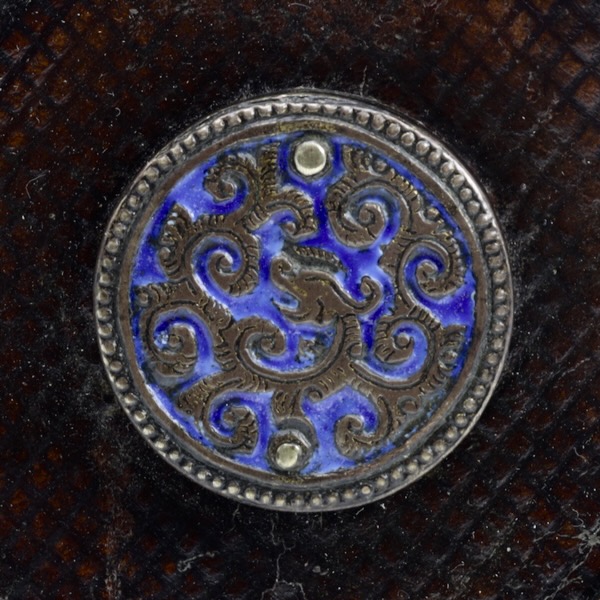
Kuíwén (夔紋)
Chinese decorative pattern consisting of archaic dragon motifs.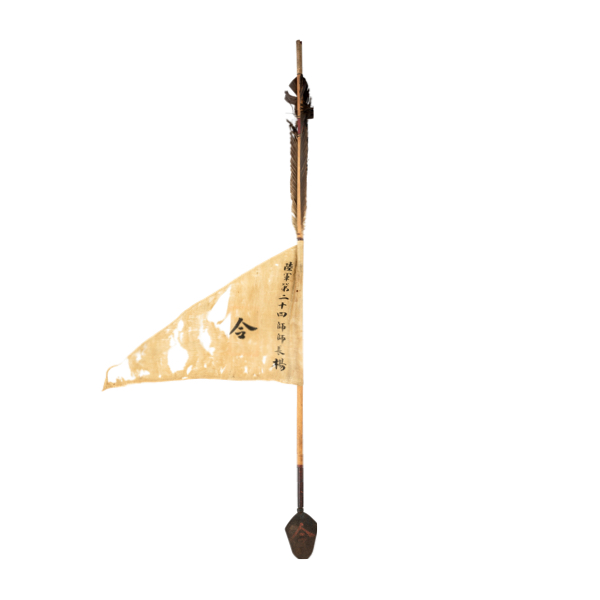
Lìngjiàn (令箭) or "Command Arrow"
A special arrow used to prove one's authority.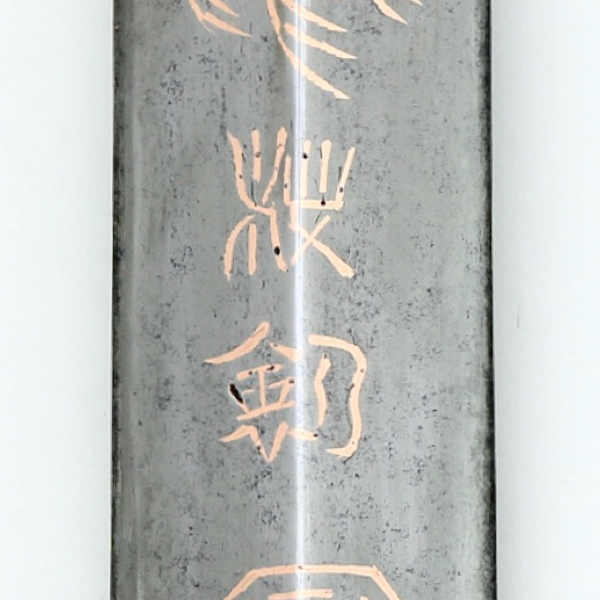
Lóngyuān (龍渊)
The former name of Lóngquán, a famous sword-making town in China.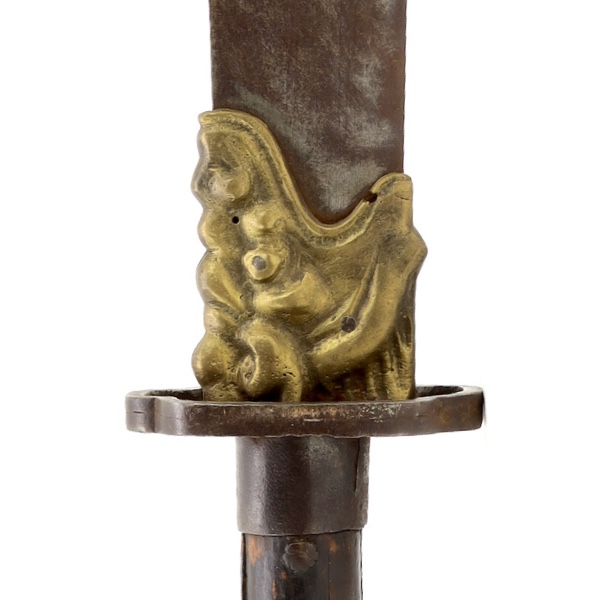
Tūnkǒu (吞口)
Literally "swallowing mouth", a collar piece often found on Chinese blades.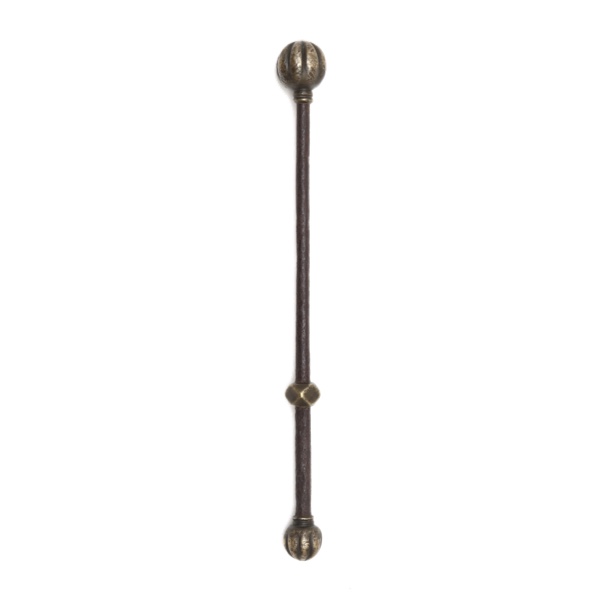
Suàntóu gūduǒ (蒜頭骨朵)
Literally "garlic mace", the name of a mace with a bulbous head.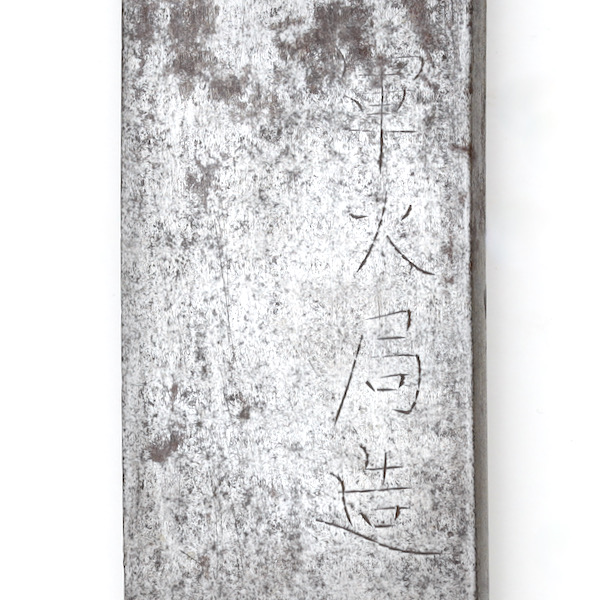
Jūn Huǒ Jú (軍火局)
Name of a Chinese arms factory just east of Guangzhou, active 1875 onwards.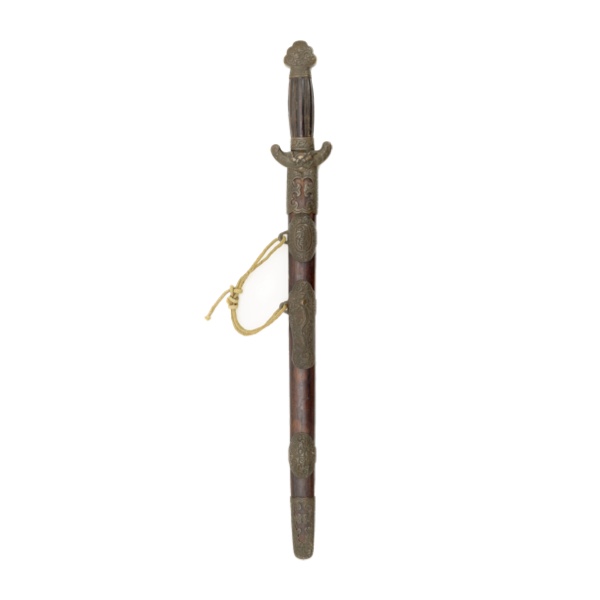
Duǎnjiàn (短劍)
The Chinese word for a short straightsword.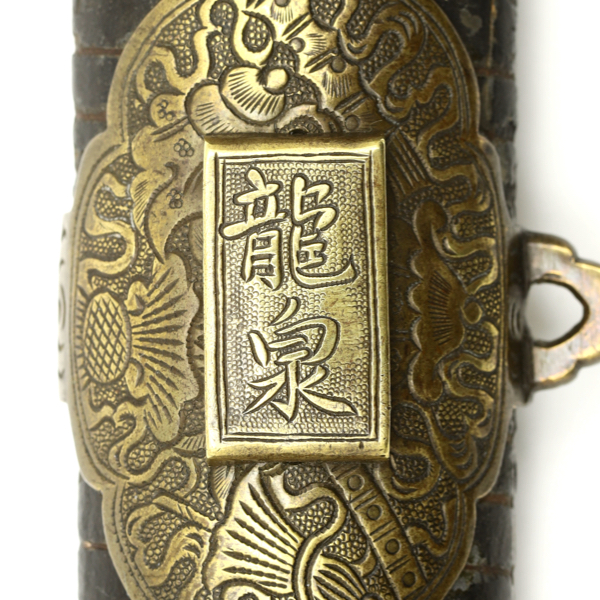
Lóngquán (龍泉)
A town in Zhejiang province, China, known as a sword making center.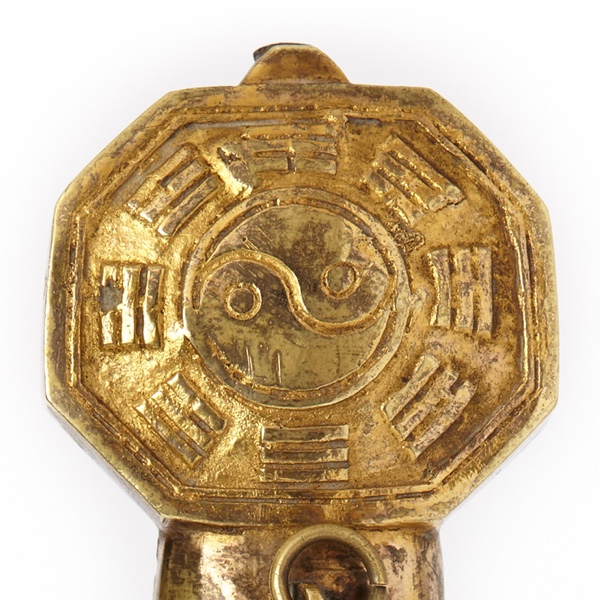
Bāguà (八卦) "Eight Trigrams"
Chinese meaning "Eight Trigrams", representing the fundamental principles of our world.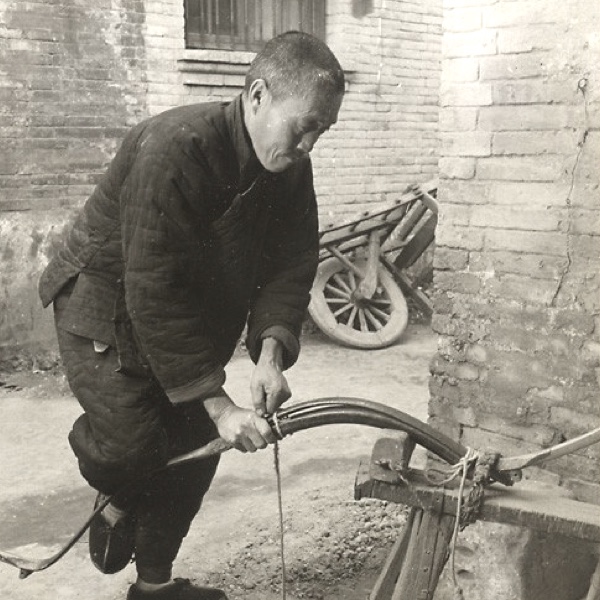
Gōng jiàng yíng (弓匠營)
The bow and arrow maker's quarters in Beijing.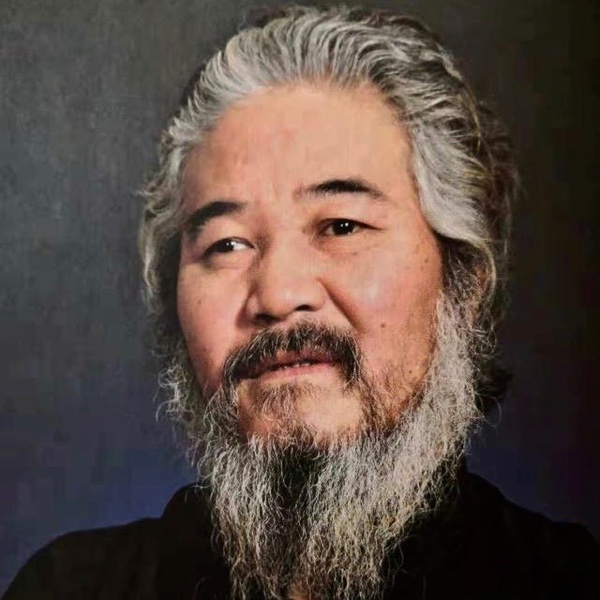
Yáng Fúxǐ (杨福喜)
Manchu bow maker of the Jù Yuán Hào (聚元號) shop, Beijing. Active 1998-present.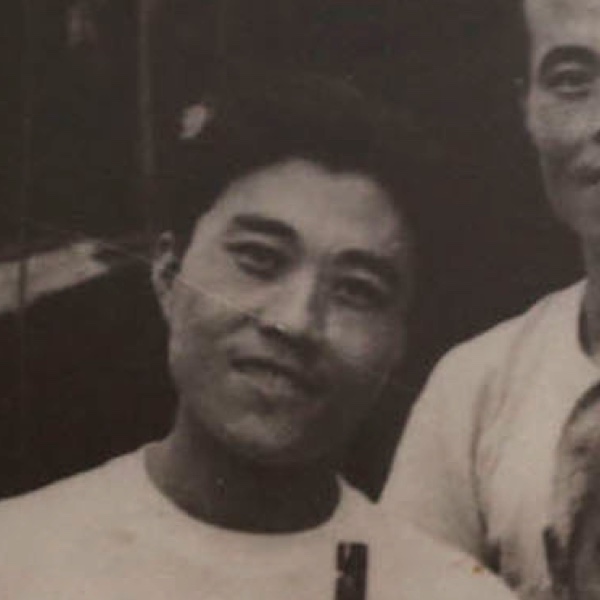
Yáng Wéntōng (杨文通)
A 20th-century Manchu bow maker of the Jù Yuán Hào (聚元號) shop, Beijing.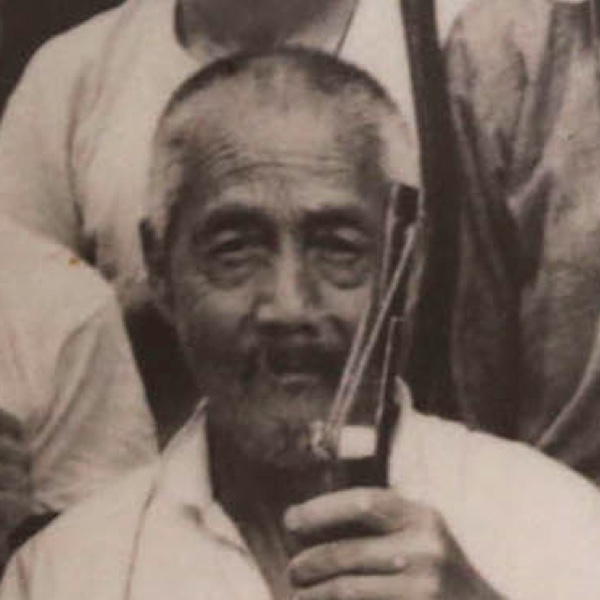
Yáng Ruìlín (杨瑞林)
A Manchu bow maker. Owned Jù Yuán Hào (聚元號).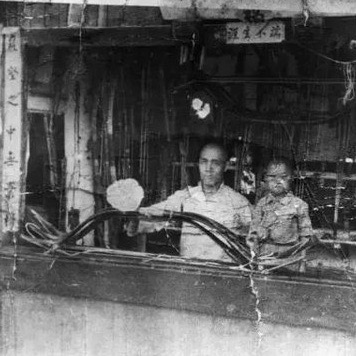
Jù Yuán Hào (聚元號)
A famous bow making shop in Beijing, still active.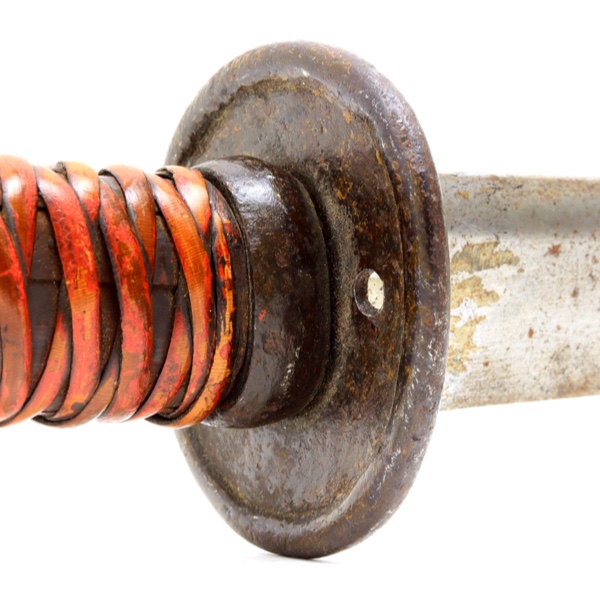
Wōdāo (倭刀 / 窩刀)
Chinese term for a Japanese sword, or a large saber with strong Japanese influence.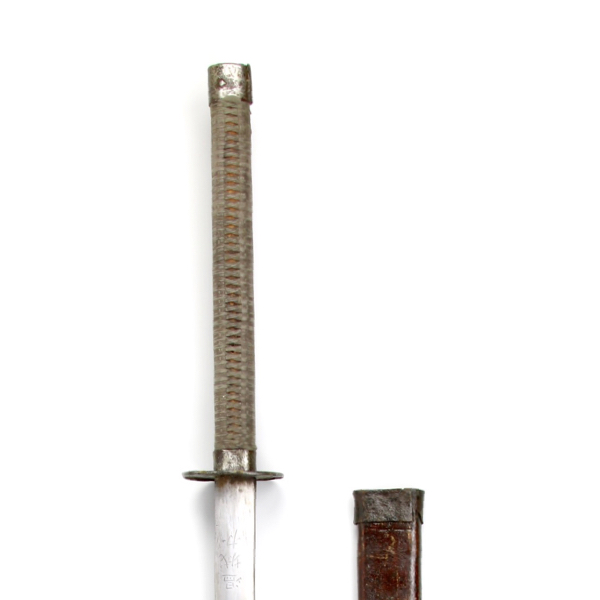
Miáodāo (苗刀)
Chinese name for a slender, curved saber. Often associated with large two-handers.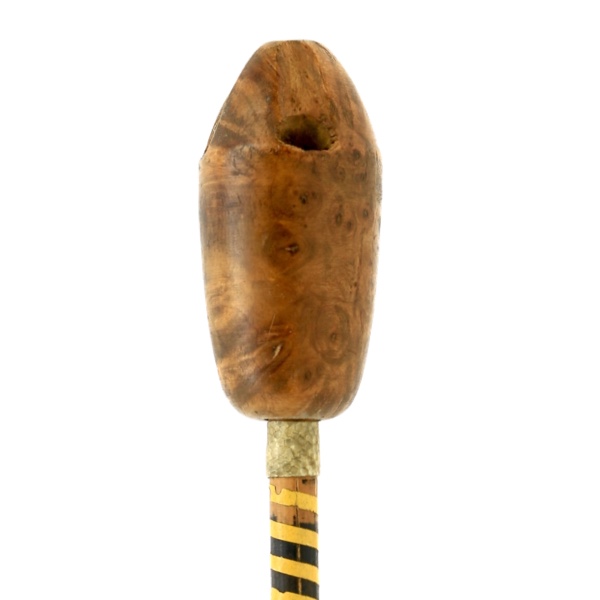
Bàojiàn (骲箭)
Chinese name for a class of arrows with a large, non-ferrous head. Many are whistles, some are blunts.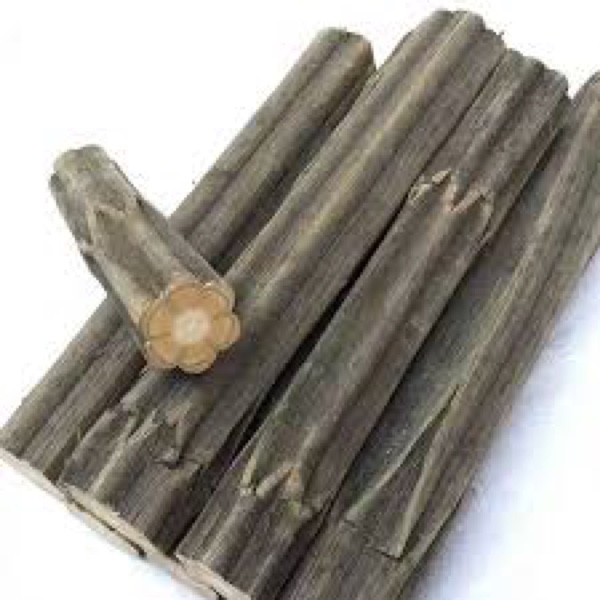
Liùdàomù (六道木)
Chinese name for a strong and heavy wood used for staffs and arrow shafts.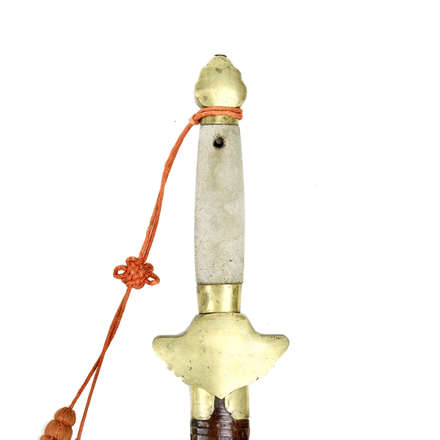
Gim (劍)
The Cantonese word for the Chinese straightsword.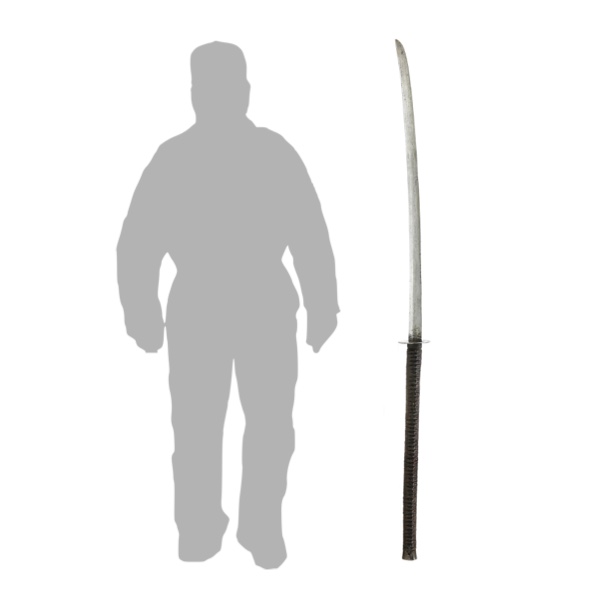
Chángdāo (長刀)
Chinese term for "long saber".
Hūshǒu (護手)
Chinese for the handguard of a weapon.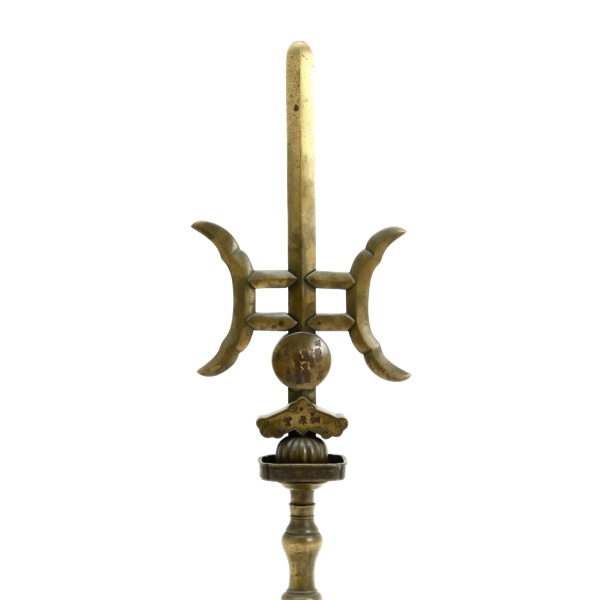
Wàn Chéng (萬成)
Workshop name that appears on a brass halberd head.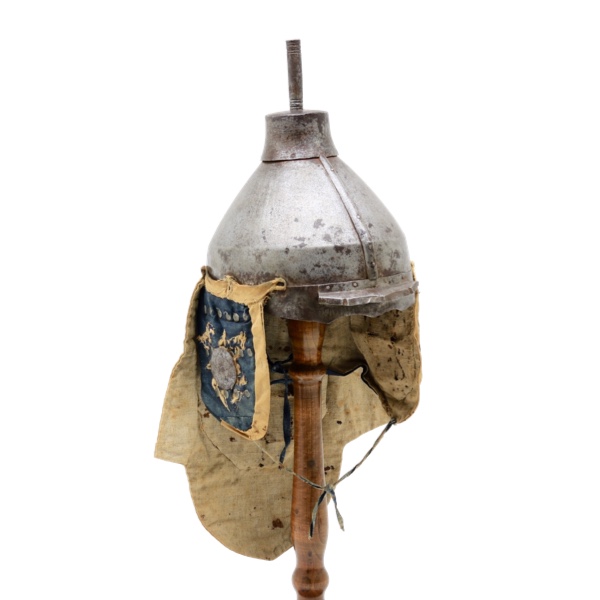
Kuī (盔)
Chinese word for helmet.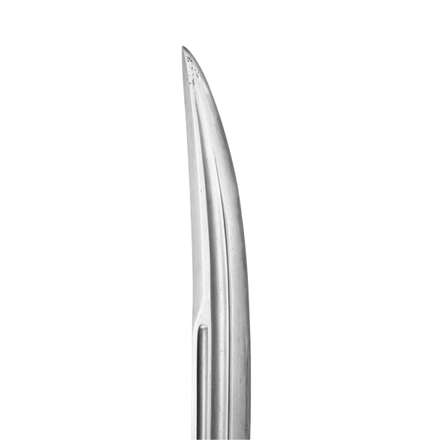
Jeyen
Manchu word for the tip of a saber.
Teišun-i giyan
Manchu for a brass or bronze mace.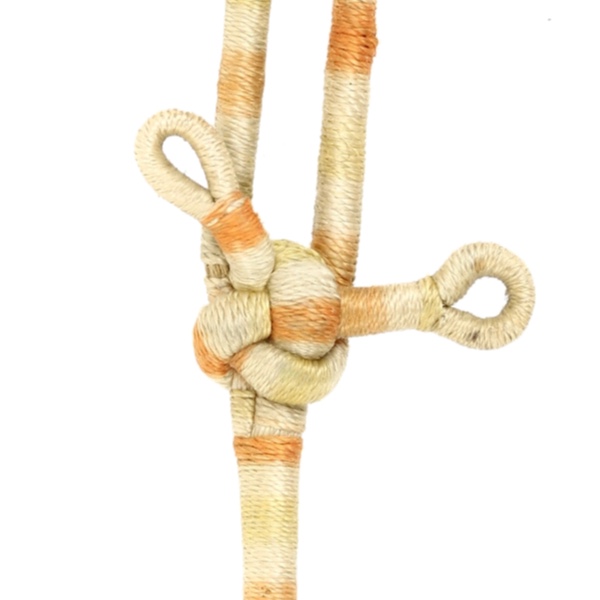
Xián gé dā (弦挌搭)
Chinese term for the knot in a bowstring.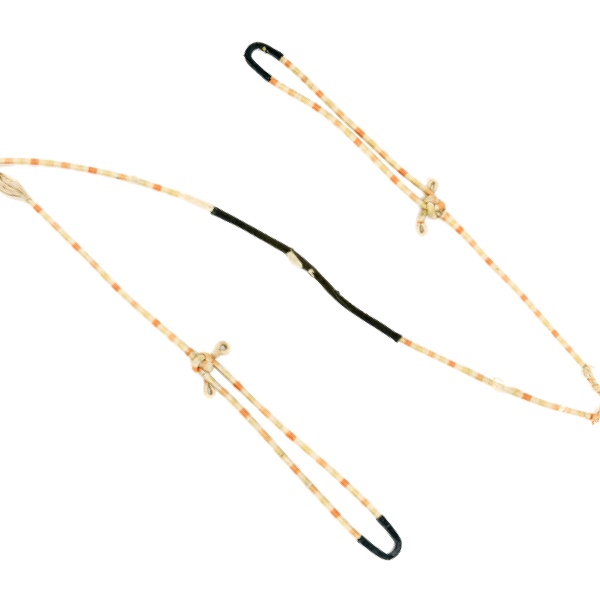
Gōng xián (弓弦)
Chinese term for the bowstring.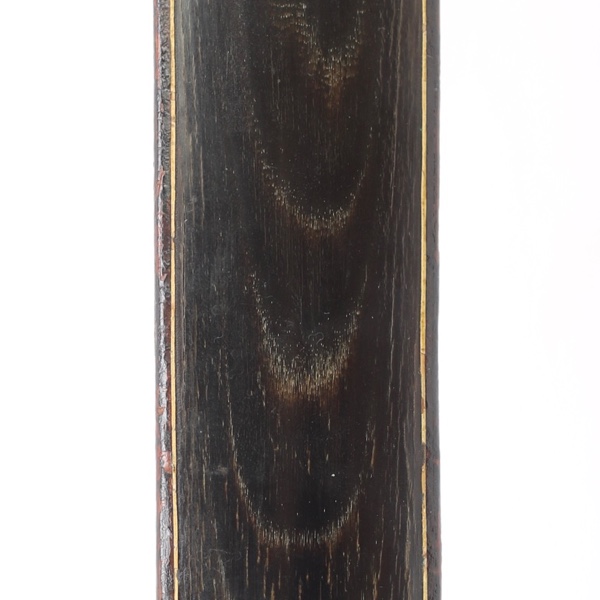
Gōng miàn (弓面)
Chinese term for the face of a bow, usually made of buffalo horn.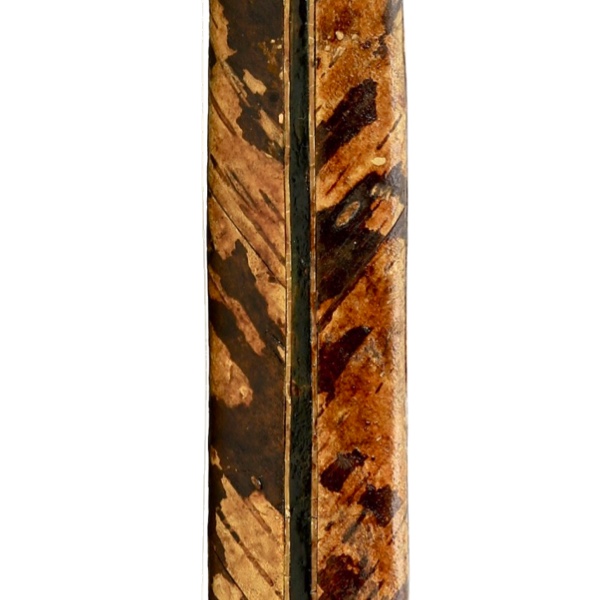
Huà huà pí (畫樺皮)
Chinese term for the "painted birch bark" often covering composite bows.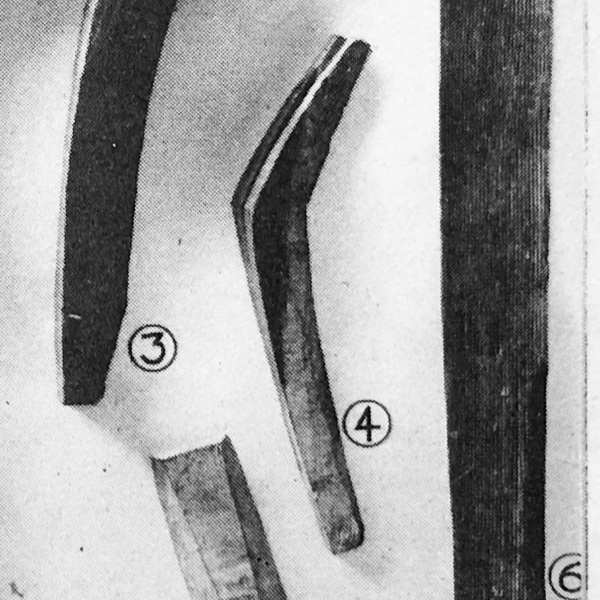
Gōng nǎo (弓腦)
Chinese term for the "knee" of a composite bow.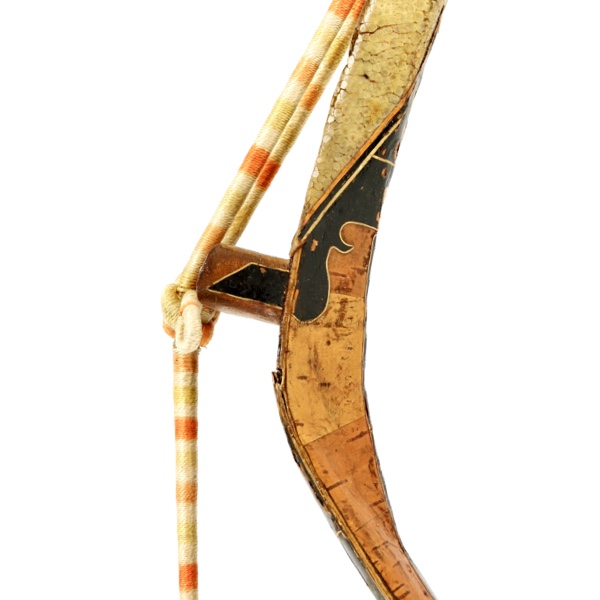
Gōng diànzi (弓墊子)
Chinese term for the string bridge on some types of composite bows.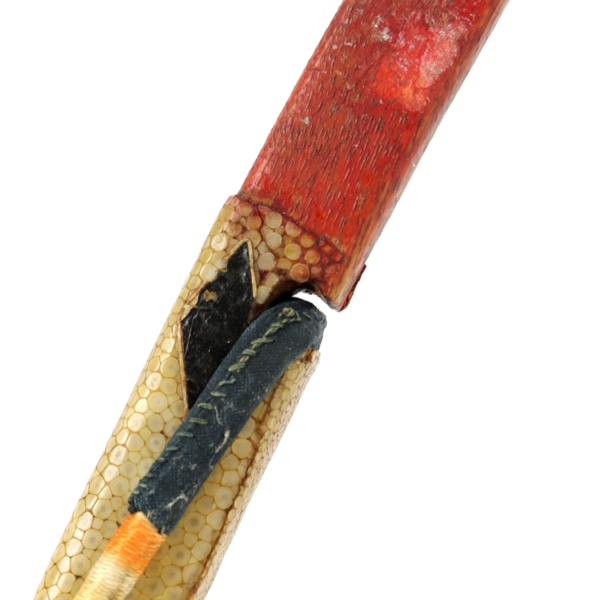
Kòuzi (扣子)
Chinese term for the string notch on each bow tip.
Shāo tóu (弰頭)
Chinese term for the tips on either end of a bow.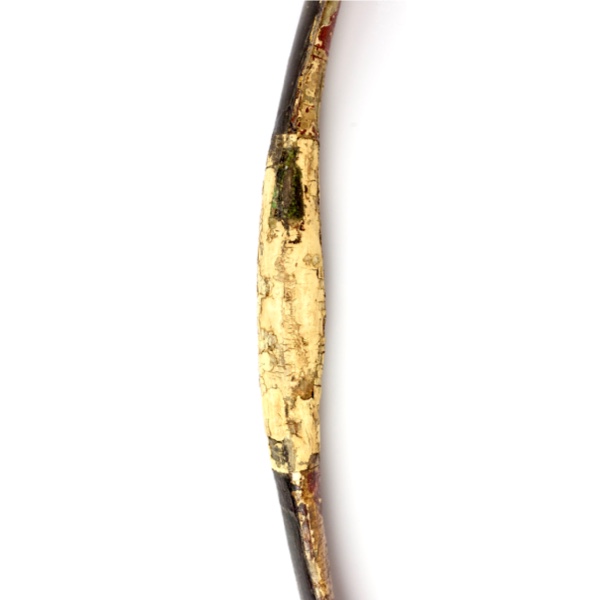
Jiàn liūzi (箭溜子)
Chinese term for the spot on the bow where the arrow slips by.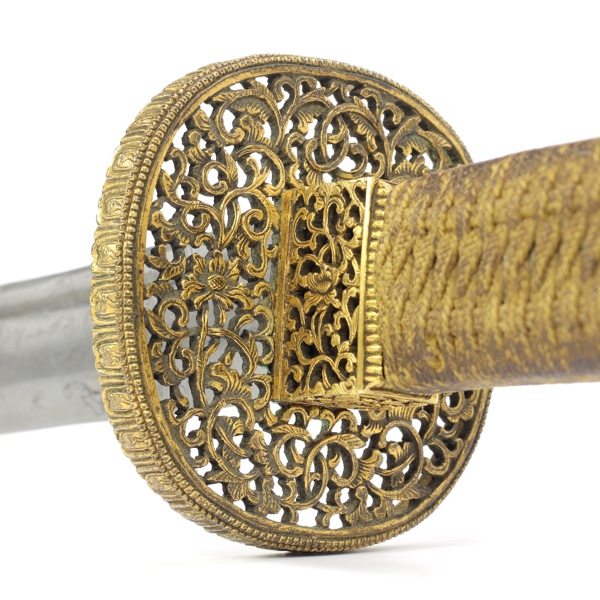
Lòukōng (鏤空)
Chinese term for openwork.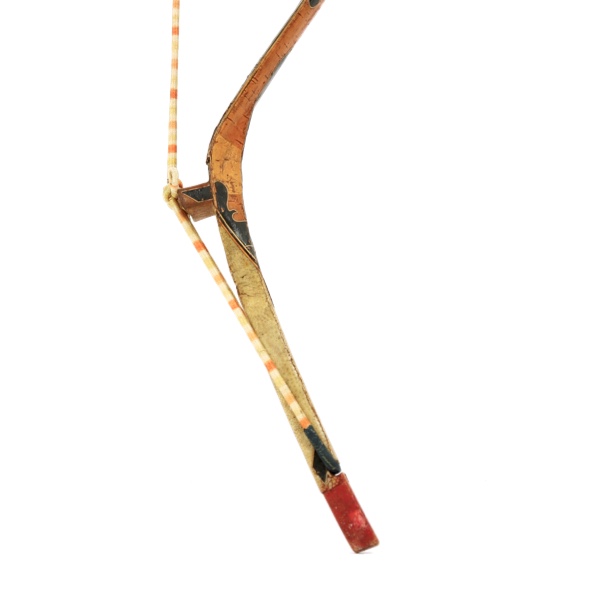
Gōng shāo (弓弰)
Chinese term for "bow ear".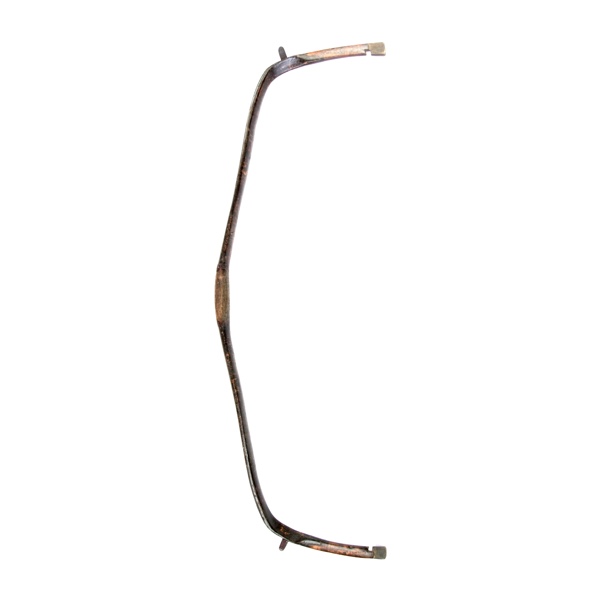
Wǔkē gōng (武科弓)
Chinese term for heavy bows, often used for strength testing and training.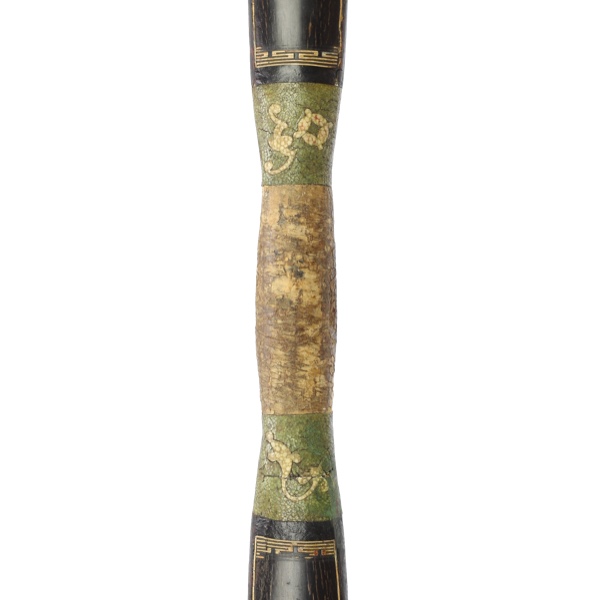
Gōngbà bǎngzi (弓弝膀子)
Chinese term for the sides of the bow grip.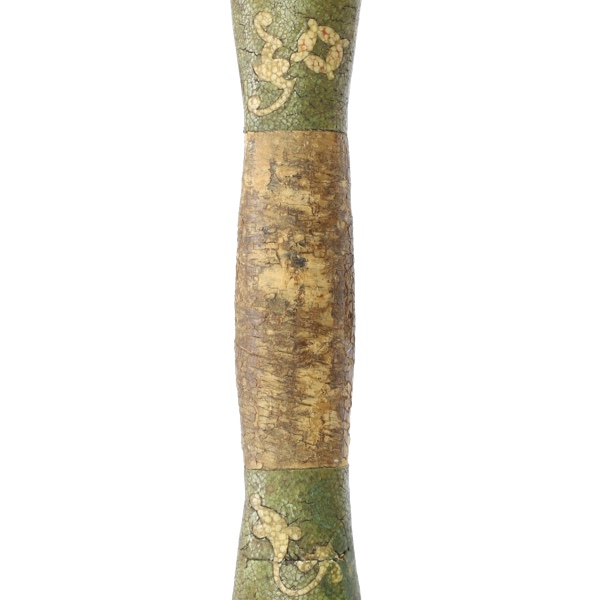
Gōngbà (弓弝)
Chinese term for "bow grip".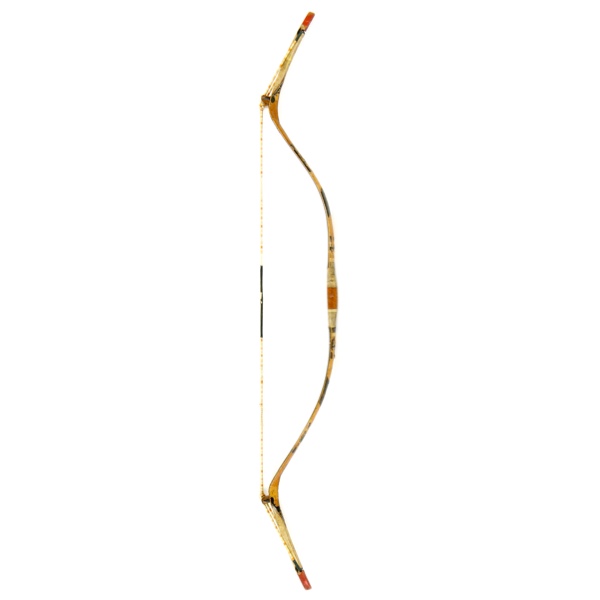
Gōng (弓)
Chinese word for bow.
Bŭzi (補子)
Chinese for a ranking badge worn by civil and military officials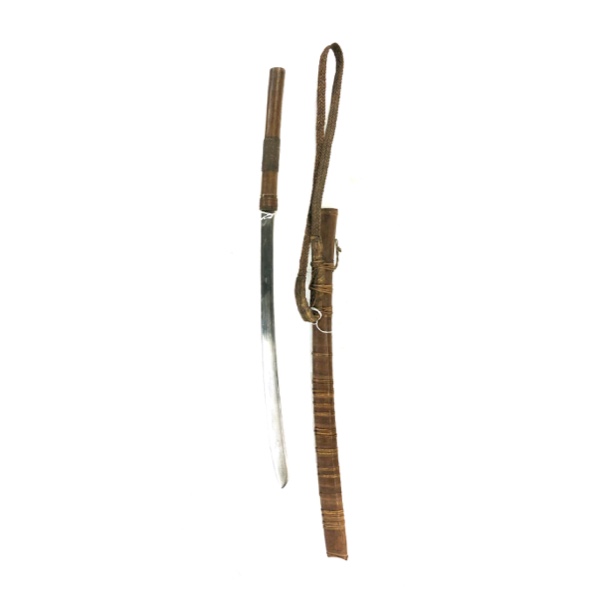
Husa Valley dha
A type of dha made by the Chinese Shan in Husa Valley, Yunnan.
Shào jiàn (哨箭)
Chinese for a class of whistling arrows that combine a whistle with an arrowhead.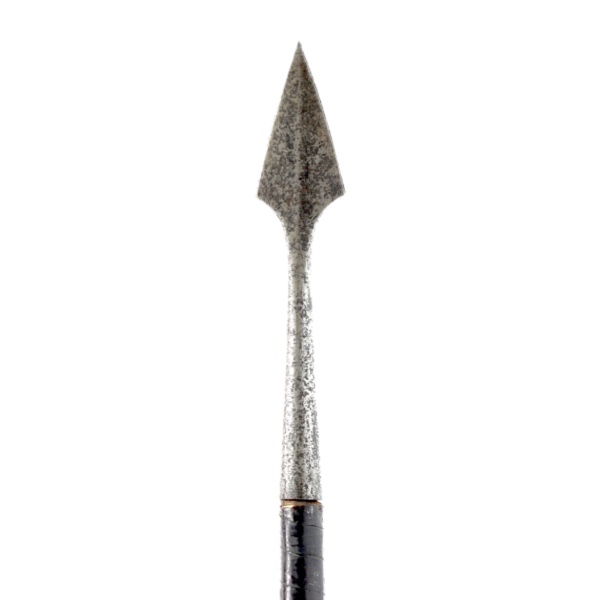
Zhànjiàn (戰箭)
Qing Chinese term meaning "war arrow". The standard Qing military arrow.